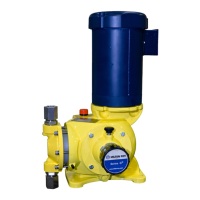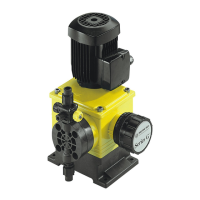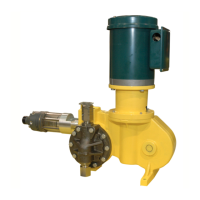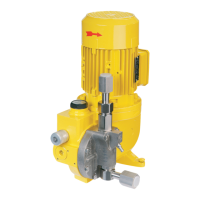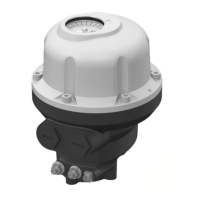8
2.6.1 NPSH CONSIDERATIONS
Size piping to accommodate peak instantaneous flow. Because of the reciprocating motion of the
pump diaphragm, peak instantaneous ow is approximately equal to 3.14 times the average ow. For
example, a pump rated for 100 L/hr per hour requires piping sufcient for 3.14 x 100 L/hr (314 L/hr.).
To minimize viscous ow losses when handling viscous liquids, it may be necessary to use suction
piping up to four times larger than the size of the suction connection on the pump. If in doubt, contact
your dealer to determine the necessary pipe size.
2.6.2 GENERAL PIPING CONSIDERATIONS
Use extreme care in piping to plastic liquid end pumps with rigid pipe such as PVC. If excessive pipe
stress or vibration is unavoidable, exible connections are recommended.
Use piping materials that will resist corrosion by the liquid being pumped. Use care in selecting materials
to avoid galvanic corrosion at pump liquid end connections.
Use piping heavy enough to withstand maximum pressures. Remove burrs, sharp edges, and debris
from inside piping. Blow out all pipelines before making nal connections to pump.
Because vapor in the liquid end will cause inaccurate pump delivery, piping should be sloped up from
pump suction check to the supply tank to prevent formation of vapor pockets.
When pumping suspended solids (such as slurries), install plugged crosses at all 90°line turns to permit
line cleaning without dismantling piping.
See Figure 2-3 for a typical recommended pump installation scheme.
Figure 2-3:
General Piping

